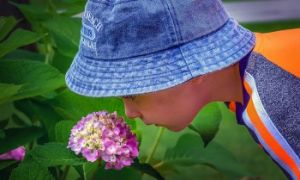"Bluey" is a fantastic show that offers valuable lessons for children. It follows the adventures of a six-year-old Blue Heeler puppy named Bluey, who lives with her father, Bandit; her mother, Chilli; and her younger sister, Bingo. The following article provides information on the Bluey Episodes that children can learn from, Key Aspects Of Bluey, Why Children Love Bluey and more.
Bluey Episodes
-
Rug Island (Season 2, Episode 10): Emphasizes the importance of creativity and imagination in play.
-
Sticky Gecko (Season 2, Episode 12): Highlights the different priorities and distractions children have.
-
Camping (Season 1, Episode 43): Teaches the value of accepting and including people from different backgrounds.
-
Phones (Season 3, Episode 16): Shows the importance of adapting to change and valuing children's input.
-
Handstand (Season 2, Episode 45): Reminds parents to follow through on promises and give undivided attention.
-
Dance Mode (Season 2, Episode 1): Discusses boundaries and enthusiastic consent.
-
Sheep Dog (Season 3, Episode 12): Reinforces the importance of self-care for parents.
-
Octopus (Season 2, Episode 41): Encourages parents to embrace their unique parenting styles.
-
Relax (Season 3, Episode 40): Promotes mindfulness and the importance of relaxing.
-
Omelette (Season 3, Episode 5): Teaches parents to be patient and supportive when children help with tasks
Key Aspects of Bluey
-
Family Dynamics: The show portrays realistic and relatable family interactions, highlighting the importance of play and imagination in childhood.
-
Themes: Each episode focuses on everyday moments and life lessons, exploring themes such as teamwork, resilience, creativity, and empathy.
-
Educational Value: "Bluey" promotes learning through play and demonstrates positive parenting techniques, making it both entertaining and educational for children and parents.
-
Cultural Representation: As an Australian show, "Bluey" introduces viewers to aspects of Australian culture and language, broadening children's understanding of different lifestyles.
Why Children Love Bluey
-
Engaging Storylines: The episodes are short, engaging, and packed with humor and heart, making them enjoyable for both children and adults.
-
Realistic Play: The show captures the imaginative and often chaotic nature of children's play, encouraging creativity and problem-solving.
-
Positive Role Models: The characters, especially Bluey's parents, Bandit and Chilli, are portrayed as loving and supportive, providing excellent role models for viewers.
"Bluey" has received critical acclaim and several awards for its storytelling, animation, and educational content. It's a fantastic show that offers valuable lessons and delightful entertainment for the whole family.
Further Reading
Free Bluey Education and Teaching Resources
Observation Bluey
Bluey Embraces Australian Sign Language
Bluey's Dad Bandit Labelled As A Bully and A Bad Dad
Warning Over Fake Bluey Episodes On YouTube
Reference:
10 Episdoes Of Bluey That Parents Can Learn From, Screen Rant


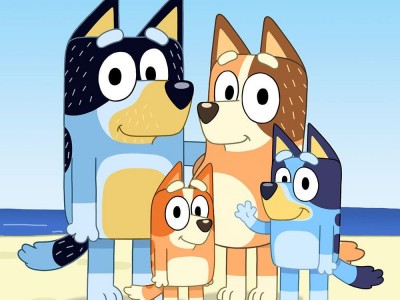

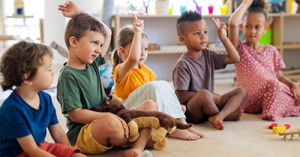
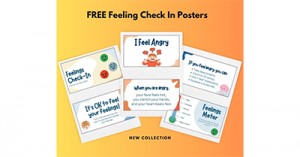

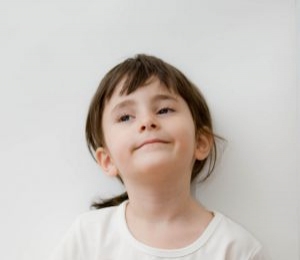 Open ended questions cannot be responded to with one word answers such as yes or no. These types of questions enables a child to provide
Open ended questions cannot be responded to with one word answers such as yes or no. These types of questions enables a child to provide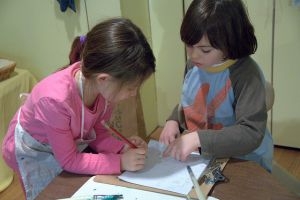 During your child’s preschool years, an important milestone begins to emerge. This is the development of pre-writing skills. Pre-writing skills are used to encourage, develop
During your child’s preschool years, an important milestone begins to emerge. This is the development of pre-writing skills. Pre-writing skills are used to encourage, develop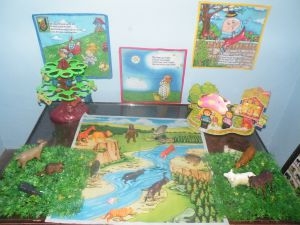 Open ended materials enables children to play freely. They are objects that have no rules to follow, use or function. Raw materials that can be
Open ended materials enables children to play freely. They are objects that have no rules to follow, use or function. Raw materials that can be An Acknowledgment of the Country is a way of showing respect for the Traditional Owners and can be given by both non-Indigenous people and Aboriginal
An Acknowledgment of the Country is a way of showing respect for the Traditional Owners and can be given by both non-Indigenous people and Aboriginal Language plays an important role in a child’s development. It enables a child to communicate effectively with their family, learn at school, socialize with friends,
Language plays an important role in a child’s development. It enables a child to communicate effectively with their family, learn at school, socialize with friends, Like adults, children have to deal with their own stress in life. Moving house, starting a new school, preparing for a new sibling - these are
Like adults, children have to deal with their own stress in life. Moving house, starting a new school, preparing for a new sibling - these are Playdough is such a versatile material. It provides numerous benefits to children as they manipulate it, it is safe and soothing and provides children with
Playdough is such a versatile material. It provides numerous benefits to children as they manipulate it, it is safe and soothing and provides children with Teaching children about sustainability enables them to appreciate and respect the natural environment. Early childhood services can provide meaningful hand on learning experiences in order
Teaching children about sustainability enables them to appreciate and respect the natural environment. Early childhood services can provide meaningful hand on learning experiences in order Recycling is an important concept that teaches children to care for the environment. It encourages children to be responsible and show a growing appreciating for
Recycling is an important concept that teaches children to care for the environment. It encourages children to be responsible and show a growing appreciating for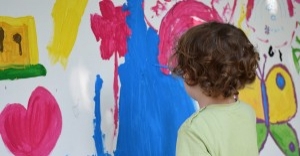 When children apply paint to paper, glue things together, or pound a lump of clay, they experiment with colour, shape design and texture.
When children apply paint to paper, glue things together, or pound a lump of clay, they experiment with colour, shape design and texture.

